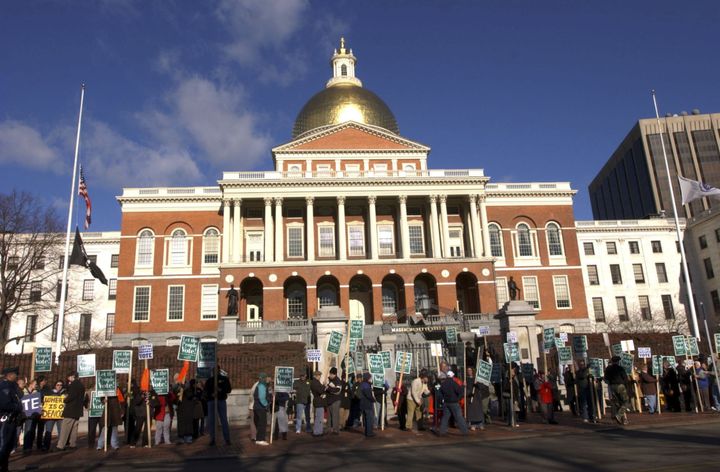
Tax revenues of U.S. state and local governments rose in the third quarter, the U.S. Census said on Tuesday, marking the eighth straight quarter of growth and heralding the promise of continued economic recovery in areas where revenues collapsed during the recent recession.
Revenues totaled $292 billion, rising 4.1 percent over the third quarter of 2010 to their highest third quarter level on record.
They were primarily bolstered by a 10.9 percent surge in individual income taxes, which reached $66.7 billion in the third quarter.
"State and local finances are gradually improving, but neither states nor localities are out of the woods yet," said Gregory Daco, principal U.S. Economist at IHS Global Insight, in a note on the data.
"The current fiscal year will be one of many challenges. State and local governments will have to manage still-high demand for public services while relying less on federal assistance, and without the boost to revenues from temporary tax increases and fees," he added.
Most states begin their fiscal year in July.
State tax revenues alone rose 5.6 percent, to $178.2 billion, from the third quarter of 2010.
States had experienced a slight time lag between the recession's beginning in 2007 when the fall in employment, housing prices and consumption hit the wider economy and state revenue collection.
Despite the onset of the recession, their revenues reached a record high in 2008 before the recession's impact was felt and revenues plummeted.
I n much the same way, states are only now beginning to register the recession's end, officially in June 2009, and are eager for revenues to return to the 2008 peaks.
And while revenues have been improving steadily, the European debt crisis, stock market declines, and other economic troubles on the national level have states worried revenue growth will not last.
In Tennessee, individual income tax receipts plummeted 42.2 percent in the third quarter from the same period in 2010, the only state where those tax revenues dropped, Census data showed. On the other hand, they rose 139.6 percent in Hawaii and 81.8 percent in Illinois.
All property taxes increased a much smaller 1 percent to $87.4 billion in the quarter. Those collected by local governments, $84.4 billion, were up 1.5 percent from the same quarter a year before.
Sales tax revenues made much heartier gains, rising 3.3 percent to $73.3 billion, but corporate income taxes dropped for the first time in a year, by 2.9 percent to $9.1 billion.
Sales tax collections dropped in six states and the District of Columbia. They rose the most, 40.8 percent, in North Dakota, and were up 25.1 percent in Nevada. Five states do not collect sales taxes.
The Census data showed that other taxes, primarily those charged on oil and mineral extractions, surged 75.5 percent to $3.7 billion. Only a handful of states levy severance taxes, such as oil-rich Alaska, where they leapt more than 200 percent.
At the start of the recession, state and local governments temporarily increased taxes and fees to tide them over. Those measures are ending now, just as the extraordinary assistance from the 2009 federal economic stimulus plan draws to a close.
That has left fewer places to tap revenues, especially as states' voters and leaders such as Virginia Governor Bob McDonnell slam the door on the possibility of future tax increases. The only tax increase on a state ballot in November, in Colorado, failed.
Meanwhile, the U.S. Congress is fighting over any spending increases, which means that the federal government will likely send fewer dollars to the states, which are likewise cutting local aid.
(Reporting By Lisa Lambert; Additional reporting by Lucia Mutikani; Editing by Theodore d'Afflisio)
Copyright 2011 Thomson Reuters. Click for Restrictions.
